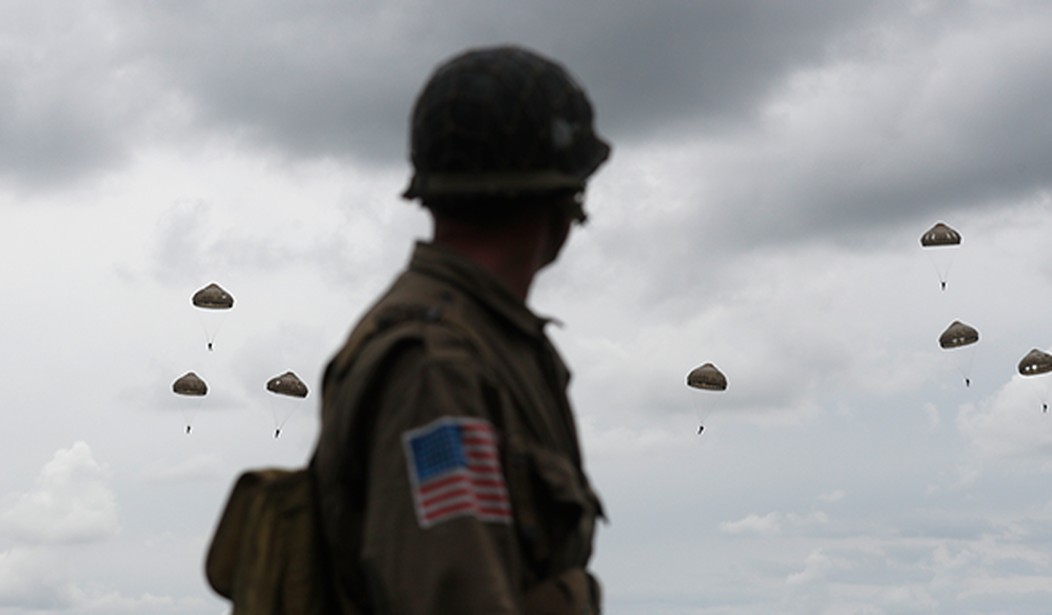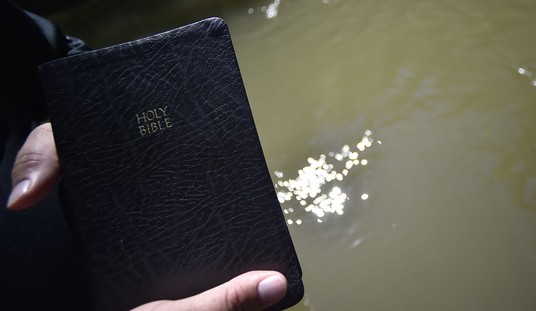"The Girl Who Wore Freedom" is a unique perspective on D-Day and the meaning of freedom. The film looks at the American soldiers who landed in France during the D-Day invasion as well as the French men, women, and children who were occupied by the Nazis and liberated by the GIs.
“I went to France and I saw examples of how the French people honor our veterans. I was blown away by what I learned for how they honored our veterans and how our veterans responded,” said Christian Taylor, creator of the film. “Our veterans when they are interacting with the French people and when they see the French people’s gratitude, they begin to be healed from their oppressive memories of war. It’s like they’ve drunk from the fountain of youth because they are thanked in a very different way than we thank our veterans here.”
"The Girl Who Wore Freedom" refers to a French civilian girl who, during the first D-Day commemoration after the war, wore a striking red, white, and blue dress made out of the parachutes of American soldiers who jumped into France.
A great documentary to watch on this #DDay , check out The Girl Who Wore Freedom. An amazing film about the people of Normandy and the liberators who came to free Western Europe from the Nazis. Experienced the love of the Norman people first hand, inspiring. pic.twitter.com/czkuBv6AsN
— Willi Pung (@VictoriaPungs) June 7, 2023
Daniele Patrix Bouchierie is the little girl in the flag dress who is featured in the film. She calls the film "a love story" between the French people and the American servicemen who liberated them.
Related: The 80th Anniversary of D-Day May Be the Last for All But a Handful of WWII Veterans
Taylor said the goal of the film is to teach Americans about D-Day and the deep meaning of "freedom." Those Normandy civilians know full well what the real meaning of "freedom" is.
“In the battle of Normandy, the French people lost 20,000 lives at the hands of the allies. It wasn’t the Nazis, it was the allies with all of our bombings over all of France,” she said. “We killed so many French people trying to liberate them and that happens oftentimes in war. And so you would think that they would be angry, and so many people think that the French people hate Americans. But in Normandy, it is a very different story because they remember what it was like to be occupied.”
Along the way, through dozens of interviews with American veterans and French citizens, Taylor deftly yet delicately knits together a story of unimaginable loss, a deeper meaning behind the word ‘freedom’ and the healing power of gratitude.
The latter point is illustrated remarkably in one particularly poignant segment where Taylor follows a man named Florent Pana as he travels across the United States in a camper van with the words “Do you know a WWII veteran?” plastered on the side.
American troops freed his grandfather on D-Day, instilling in Pana a profound appreciation and recognition that he likely wouldn’t be alive without them. Thus, Pana has taken it upon himself to show thanks by talking to veterans and capturing as many of their stories as possible.
This deeply personal film is being shown in theaters this D-Day after an initial release in 2019. No word on where it might be streaming, but I hope someone picks it up.










Join the conversation as a VIP Member